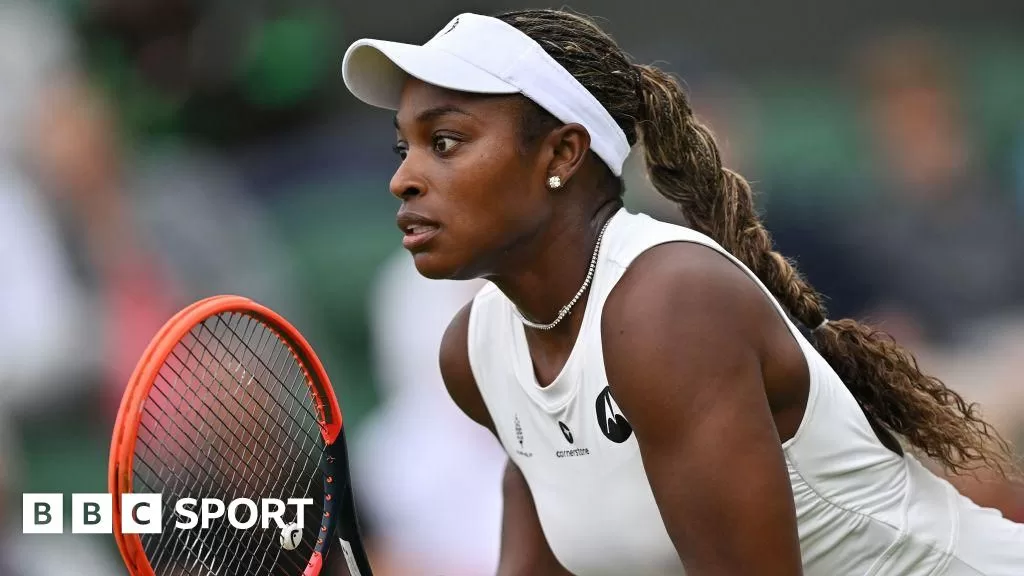Stephens said she had “no problem being the guinea pig” when it came to the procedure.
“I think it was something that I always wanted to do. My grandpa was an OBGYN [obstetrician-gynecologist] so it was something that we had always spoken about and it was a very open conversation,” she said.
“Obviously I never knew how long I would play tennis. I never knew that I would be one of the best players in the world.
“Family planning and being proactive and future planning is not scary. It’s a very normal and natural thing.”
Two-time major winner Victoria Azarenka told BBC Sport in May that she would like to see maternity pay introduced on the WTA Tour.
A number of mothers have returned to tennis in recent years – perhaps most notably Serena Williams, who reached four Grand Slam finals after having her first daughter, Olympia, in 2017.
The WTA’s current rules give returning mothers three years to use a special ranking from the birth of their child.
Players returning from a one-year medical absence or maternity leave may use their special ranking for seeding.
The governing body of the women’s tour also provides maternal health services and education.
“Supporting athletes for over 50 years, the WTA boasts one of the strongest health and wellness infrastructures in professional women’s sports today,” a WTA statement provided to BBC Sport read.
“With approximately 20 moms currently competing, the WTA is committed to serving every player’s unique health journey and offering world-class maternal healthcare, policies, benefits, and education.
“From medical academia research to the private sector, the WTA Women’s Health Taskforce is currently working to collaboratively source and evaluate further benefits and policies in the areas of fertility preservation, paid maternal leave, and childcare support, which align with the WTA’s standards, ethics, integrity, equitable access, and fairness within a competitive environment.”
